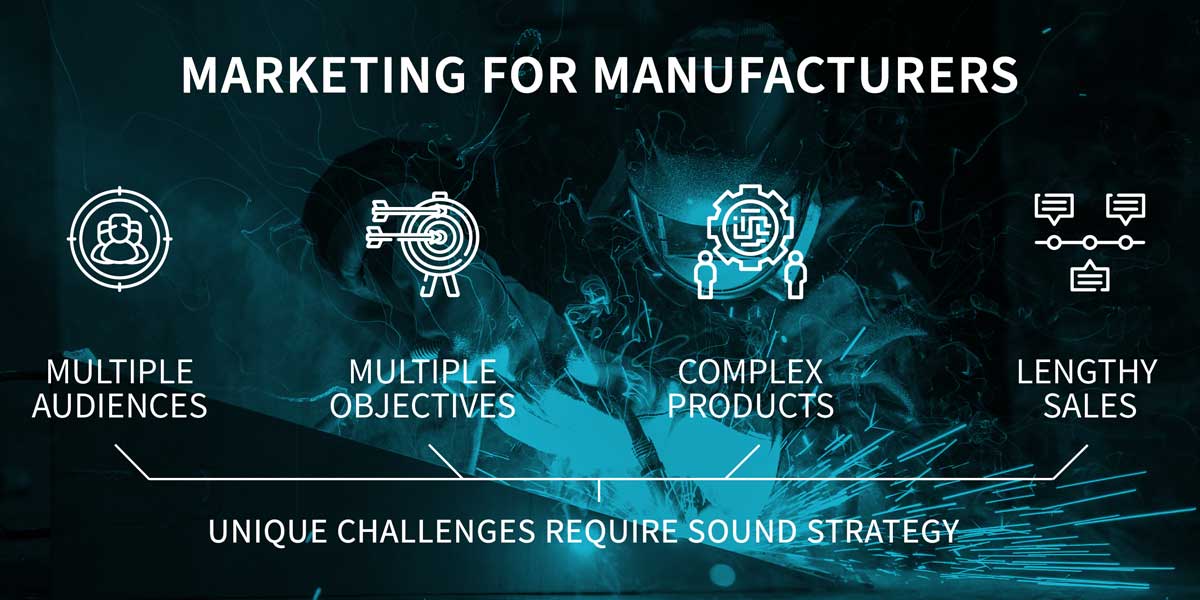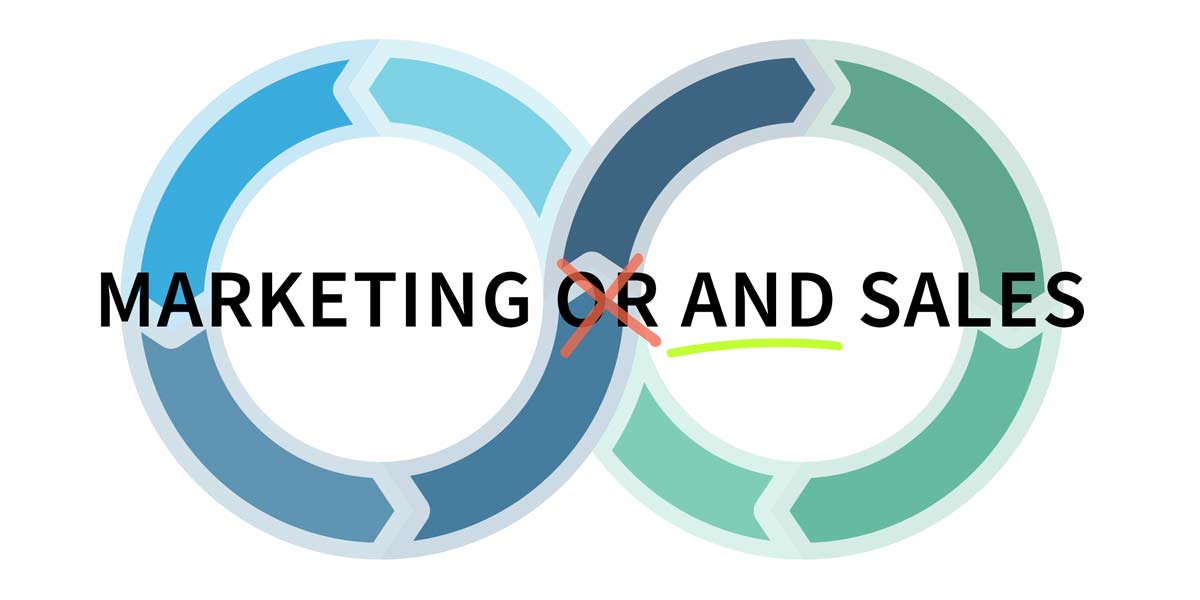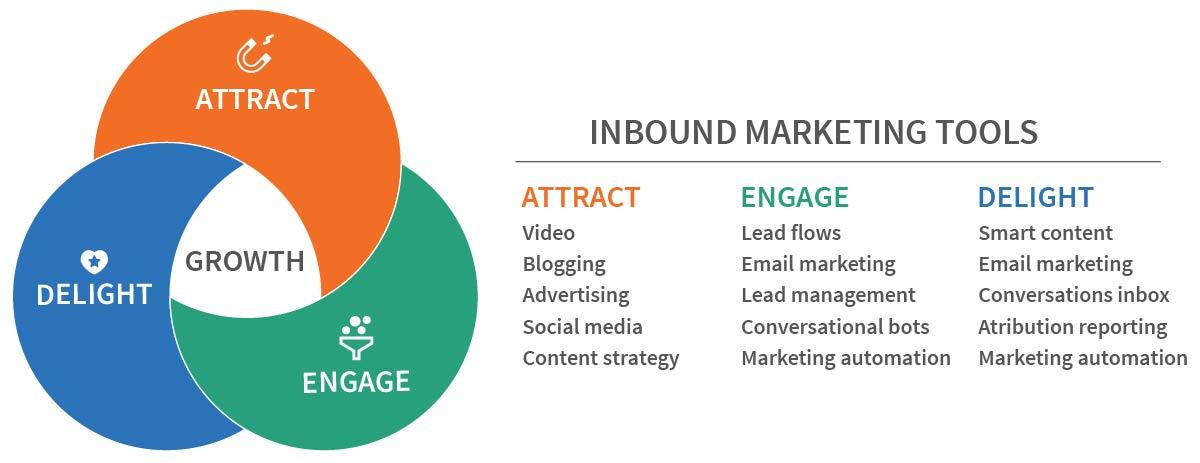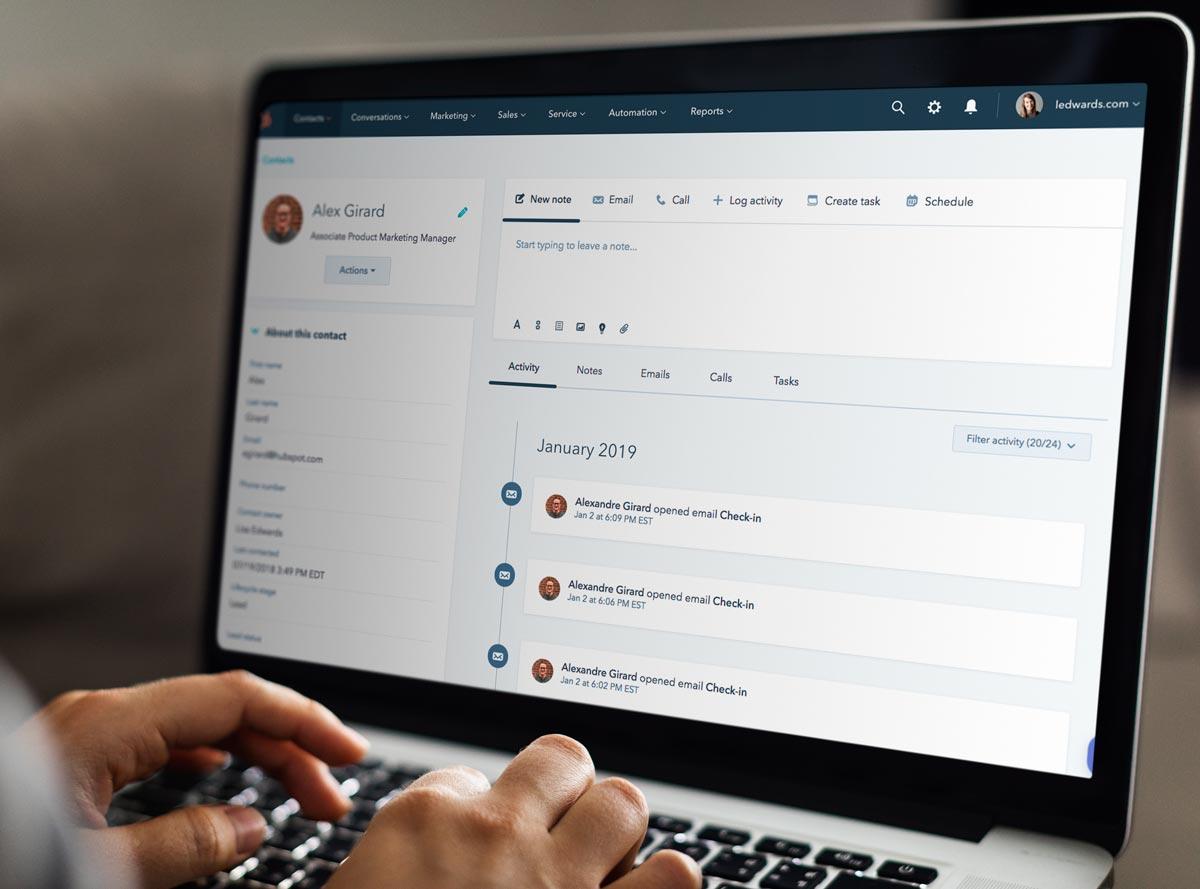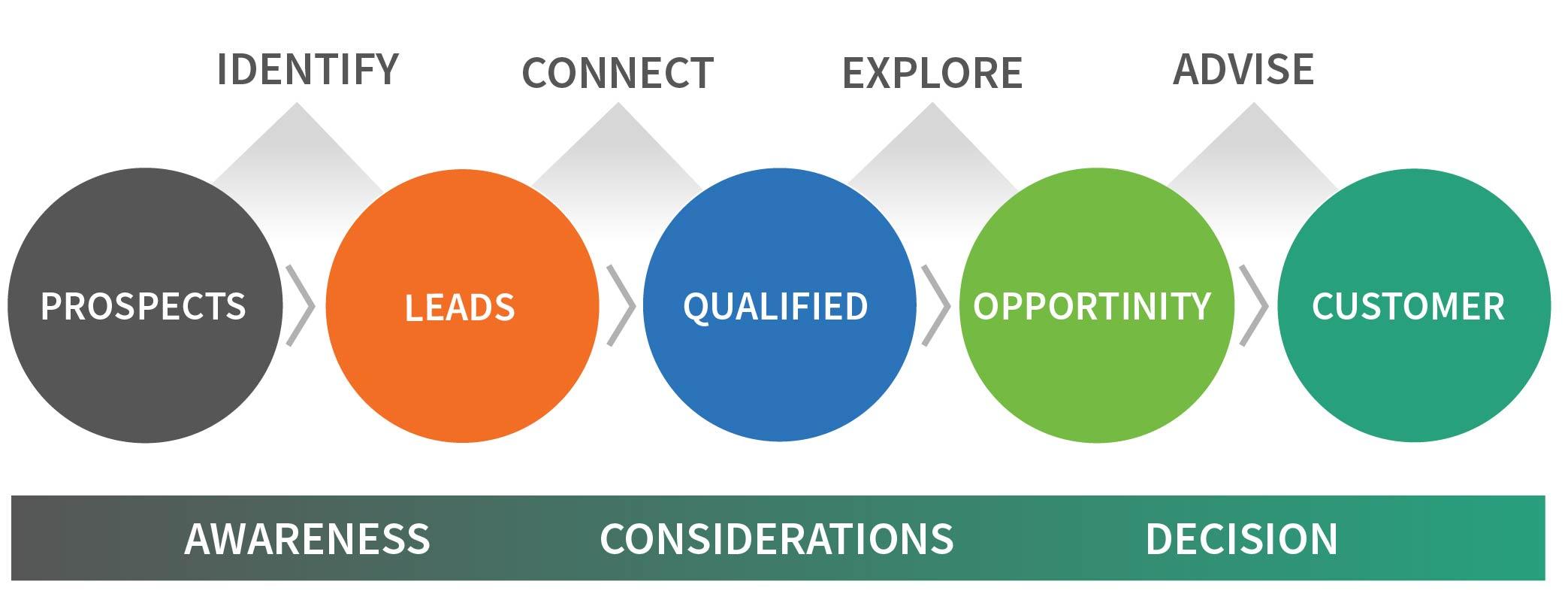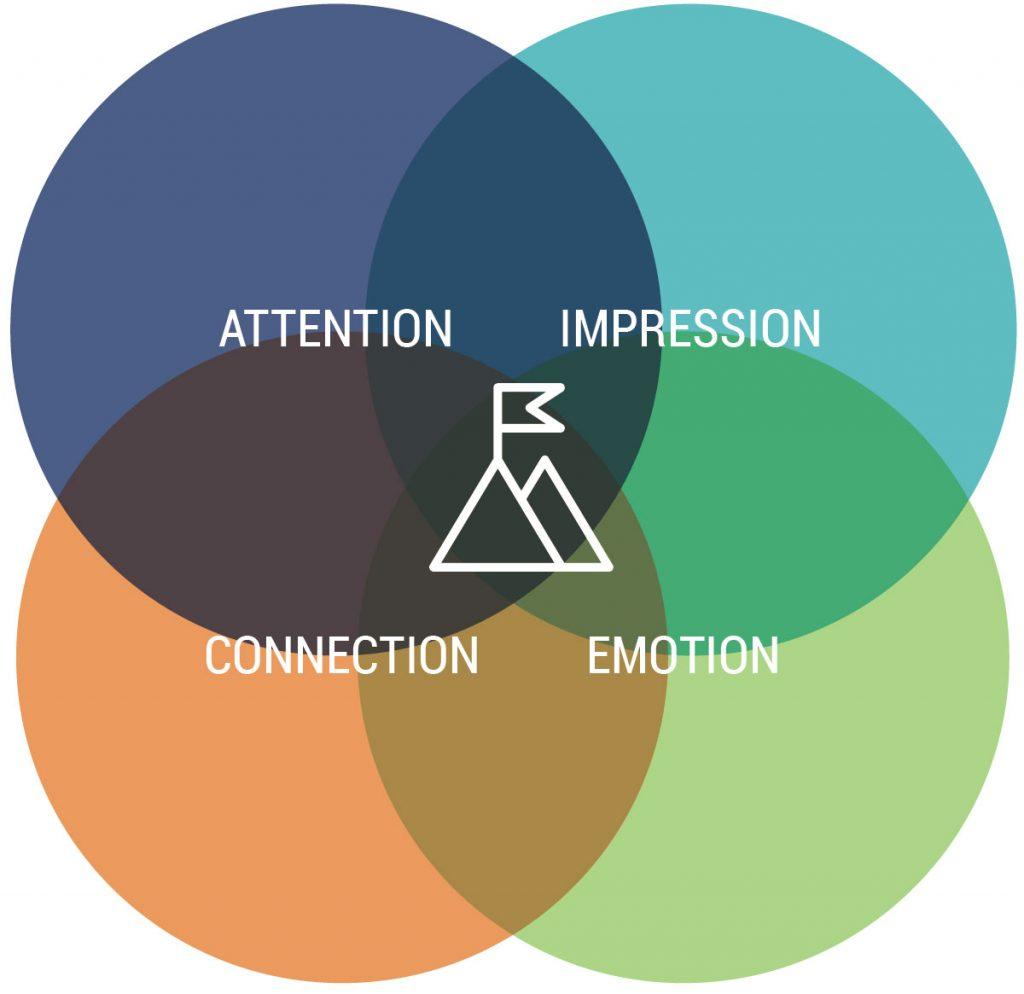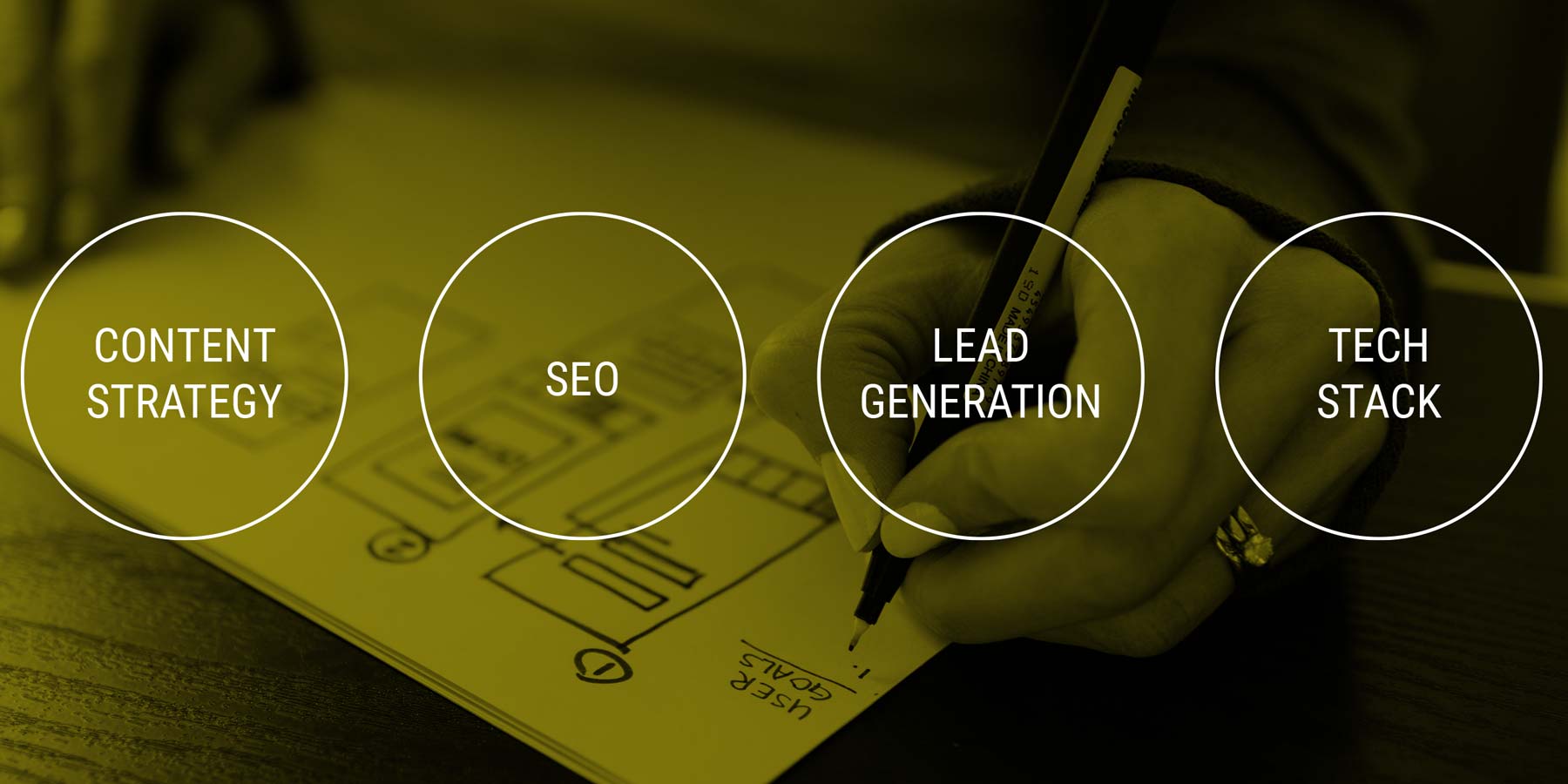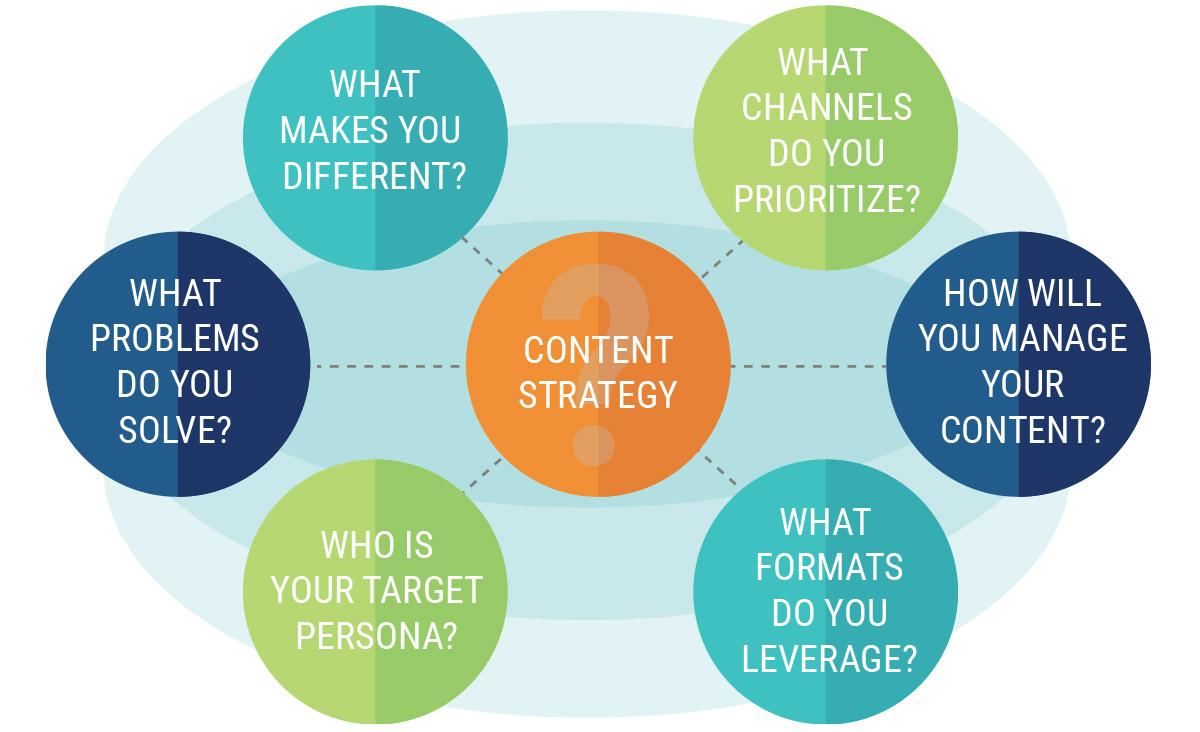Halfway through the year, 2021 marketing trends show many businesses are investing heavily in growth strategies and lead generation. Content marketing is exploding, with a strong preference for video. Social media, email marketing, and SEO remain important priorities and both automation and account-based marketing (ABM) have grown significantly. Hubspot, with Litmus and Wistia, recently released their annual State of Marketing report which surveyed more than 1500 marketing professionals around the world. There is plenty of excellent insight from this report that businesses can use to inform their marketing strategies moving forward. Here are the key takeaways.
2021 Marketing Trends Show Priorities Are Lead Generation, Customer Experience, and Brand Awareness
Customer priorities are changing, which means that companies are adjusting their marketing priorities to match. Right now, the biggest priority among the marketers surveyed was generating more leads. However, the next-biggest priorities were increasing customer satisfaction and increasing brand awareness. In general, there is an increasing focus on the customer experience overall. Authenticity and connecting with potential customers on a personal level are more important than ever. However, driving sales is still an important goal for marketers as well.
Social Media Marketing
One of the biggest takeaways from this report is that social media was the most popular marketing channel in 2020. Social media allows advertisers to develop conversational marketing campaigns that feel natural and authentic. Social media platforms also allow businesses to target their ads to specific demographics.
Right now, eight in 10 companies are opting to invest in social media marketing in some form. With so many different platforms to choose from, it’s easier than ever for companies to develop a social media strategy that effectively reaches their customers. The most popular platforms to use are Facebook and Instagram, followed by LinkedIn and YouTube.
AI and Chatbot Automation
Moving forward, we can expect to see automation play an even bigger role in marketing strategies. The top three uses for marketing automation are task management, content automation, and chatbots. By using task management and content automation technology, marketers are able to develop much more efficient workflows.
Chatbots have become more popular as a form of website marketing over the past few years. This form of conversational marketing allows companies to address any concerns that customer have before they make a purchase. Chatbots also minimize the need for live sales teams. Chatbots can address common customer concerns, which leaves more time for customer service agents to handle more complex problems.
There are many other ways that marketers could use AI technology moving forward. These include ad targeting and other forms of personalization, customer support, campaign management, conversion, content creation, driving revenue, and much more.
Content Marketing
Companies are opting to invest in content marketing now more than ever. Video has become the most popular format for content marketing, followed by blogs and infographics. Long-form video use is up 140 percent from 2019, but short-form videos of less than 60 seconds remain the most popular. Another form of content marketing that is evolving is live streams and other virtual events. These types of marketing allow companies to connect with their employees more directly and provide greater value.
Email Marketing
Email marketing was the third most popular marketing channel this year, after social media and website marketing. Email marketing has long been known for generating good ROI, but 71 percent of marketers surveyed reported seeing more engagement with their email marketing strategy this year than in previous years.
Marketers have adjusted their strategies, opting to send fewer emails but focus more on segmentation, personalization, and automation to reach their target audiences. The emails that have been the most effective are hyper-personalized, transparent, and authentic. In a world, where customers are consistently bombarded with digital information, this transparency can help to build trust and brand loyalty.
SEO
Search engine optimization has evolved quite dramatically over the years. These days, marketers are focusing on ways that they can use SEO to improve the customer experience. Using strategic keywords remains the most popular SEO tactic to drive customers to websites. Other popular tactics include localization and mobile optimization.
Localization focuses on creating pages specifically for a businesses’ geographic location to better reach its target audience. Mobile optimization has become increasingly important as well because the way customers are surfing the internet has shifted dramatically. More than half of web traffic worldwide happens on mobile devices, which means that websites need to be set up to draw in mobile traffic.
Reporting and Attribution
Most people surveyed this year reported that they used attribution to better understand their target audiences. This information fueled marketing strategies overall, in keeping with the trend of focusing more on customer experiences. There are many tools available for reporting, but the most popular were CRM and built-in marketing software as well as Google Analytics and other third-party marketing tools. Over 40 percent of respondents still use spreadsheets for reporting as well.
Attribution takes a deeper, more data-driven approach to understanding customer behaviors. This information helps marketers develop their long-term strategies and make more effective investment decisions going forward. Effective reporting and attribution tools also help to build confidence in the marketing strategies they are using.
Account-Based Marketing
Account-based marketing is another area that has grown significantly in the last year. 70 percent of marketers surveyed reported using ABM, which represents a 15 percent increase from the previous year. ABM is a marketing strategy that is primarily used among B2B businesses to reach target accounts within certain markets. Some of the most popular ABM strategies include extensive account research as well as custom content creation to target these accounts.
Final Thoughts
Marketing strategies change and grow at a rapid pace. The challenges of 2020 brought on new and unique approaches to marketing that we hadn’t seen in the past. One of the biggest changes is an increased focus on customer experiences. Building a genuine connection with customers has become more important than ever, particularly in a world where many customers are oversaturated with digital content. It will be fascinating to see how these marketing trends continue to evolve moving forward in 2021 and beyond.
If you’re looking for B2B inbound marketing services from an expert firm, consider contacting us for a free consultation.


